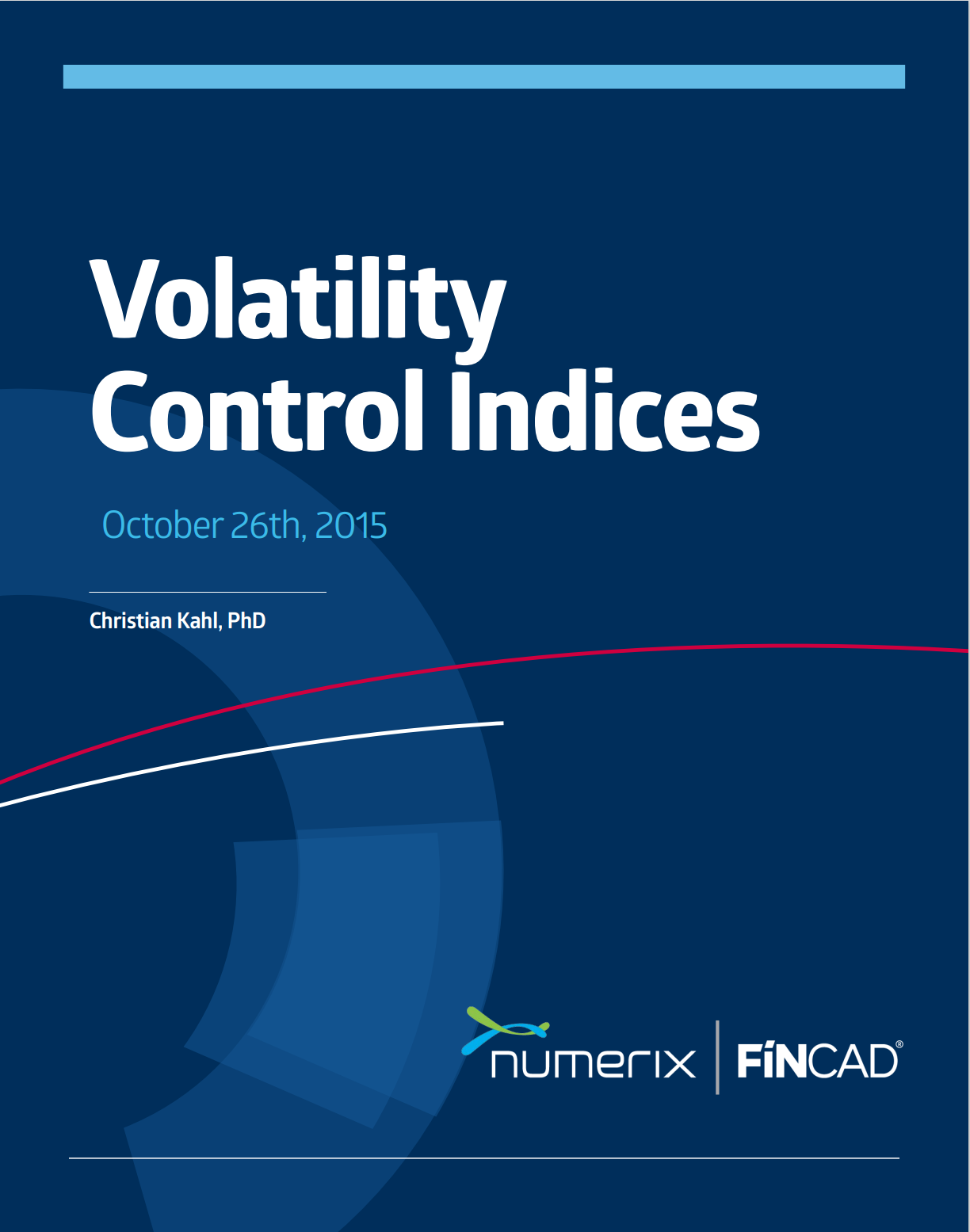Volatility control indices offer a simple yet effective and ever more popular investment strategy, consisting of holding a risky and a riskless asset whereby the participation in the risky asset is chosen such that the volatility of the investment strategy is fixed at a certain predefined level. This aims at removing the uncertainty of volatility, i.e. volatility of volatility and thereby significantly decreasing the vega of the portfolio. Thus it is particularly interesting to write volatility target strategies on assets or portfolio of assets where there is little or no underlying volatility market.
Typically these strategies are traded to provide protection against losses against the outright delta-one strategy by means of an at-the-money put. Given the fixed volatility control level, the valuation of this put option is rather more straightforward than one would assume.
We present results about volatility control indices, focusing on quantitatively capturing the discrepancies of the volatility target level and the actual process behaviour. We investigate the phenomena of excess volatility caused by the structure of the historical volatility estimator used in the control dynamics and the stochasticity of interest rates which considerably impacts the volatility of the forward of the underlying process.

